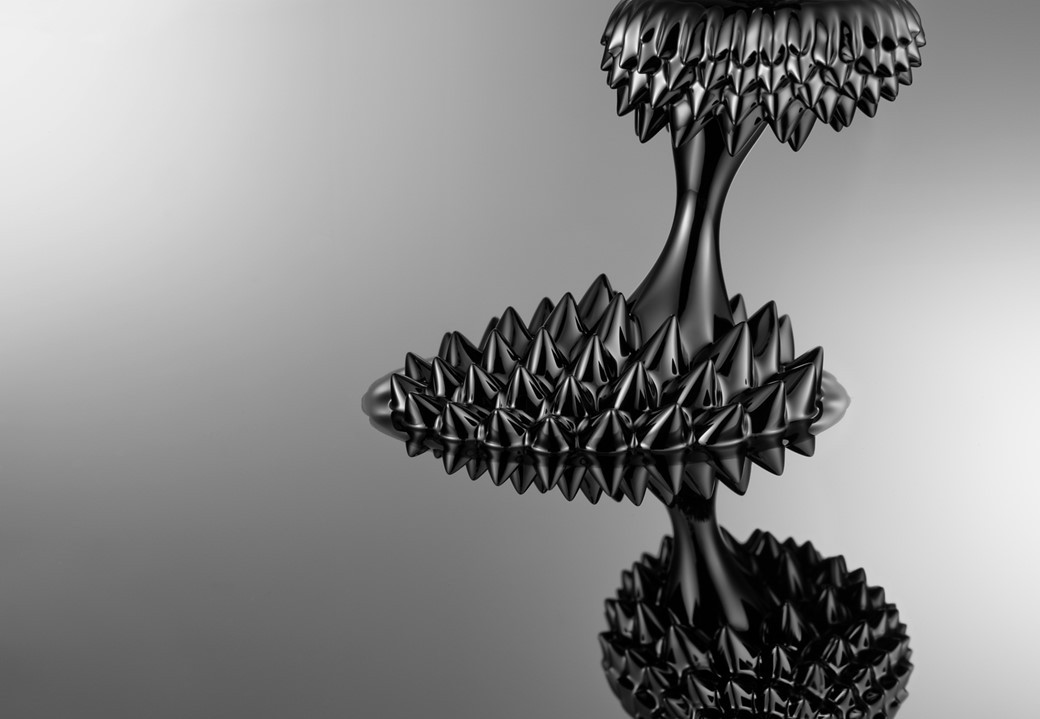The Royal Society’s 2019 Photography Competition invited scientists from around the world to share images of their own phenomena captured by themselves. Below are some of the best pictures that are breathtaking.

Lunar halos of this type, captured in Mogilev, Belarus, appear only when there is a substantial number of ice crystals in the atmosphere. Most of the time, they are very thin clouds, hovering at over 20,000 feet. Moisture refracts light from the moon (or sun), making it appear that there is a halo around the celestial body.

This tapered cloud shows how most tornadoes begin to form, although this particular tornado has never come into contact with the ground and thus has not turned into a real tornado. It formed because low-pressure areas produce a rotating column in the air and can be seen because of moisture.

These bubbles come from volcanic ocean floor infiltrations that release carbon dioxide into warm waters. Researchers are using areas like this to study how marine life can fare as climate change progresses, as they mimic the higher temperatures and acidity we will see in the near future.

Like clown fish hiding in anemones, young fish sometimes hide inside jellyfish tentacles to protect themselves. In return, jellyfish gets more defense, and the fish lives long enough to reach adulthood.

You’ve probably seen ferrofluids like this one, but that doesn’t make it any less beautiful. Colloidal suspensions of the tiny ferromagnetic particles behave uncontrollably under the influence of magnets, while trying to compromise between magnetic tensile force and pressure to minimize surface area.